Electric Hop Stand Pale Ale (batch #154)
10-A American Pale Ale
Author: Kal Wallner
Size: 12.0 gal @ 68 °F
Original Gravity: 1.052 (1.045 - 1.060)
Terminal Gravity: 1.010 (1.010 - 1.015)
Color: 7.53 (5.0 - 14.0)
Alcohol: 5.46% (4.5% - 6.2%)
Bitterness: No friggin' idea
Ingredients:
17.5 lb Domestic 2-Row Malt (89.7%)
1 lb Crystal Malt 50-60L (5.1%)
1 lb Carapils®/Carafoam® (5.1%)
1 Whirlfloc Tablet (Irish moss) - added during boil, boiled 15 min
2.6 oz Centennial Hops (11.1%) - added end boil
1.0 oz Cascade (6.0%) - added end boil
1.0 oz Chinook (11.4%) - added end boil
1.0 oz Citra Hops (11.1%) - added end boil
5.0 oz Centennial Hops (11.1%) - added +30 m into hop stand
1.5 oz Cascade (6.0%) - added +30 m into hop stand
2.0 oz Chinook (11.4%) - added +30 m into hop stand
2.0 oz Citra Hops (11.1%) - added +30 m into hop stand
12 g Fermentis Safale US-05 dry yeast (fermenter #1)
Wyeast 1056 American Ale slurry (fermenter #2)
1.0 oz Centennial Hops (11.1%) - added added dry to secondary fermenter
0.5 oz Cascade (6.0%) - added dry to secondary fermenter
1.0 oz Chinook (11.4%) - added dry to secondary fermenter
1.0 oz Citra Hops (11.1%) - added dry to secondary fermenter
Notes:
Add 500mg potassium metabisulphite to 20 gallons water to remove chlorine/chloramine (as required).
Water treated with brewing salts to: Ca=110, Mg=18, Na=16, Cl=50, S04=275
1.25 qt/lb mash thickness.
Single infusion mash @ 150F for 90 minutes.
Sparge with 168F water for 1-2 hrs.
Boil for 90 mins.
Adding first hops at flameout (0 mins). Whirlpool by gently stirring every ~10 mins. Lid off.
Drop temp to 170F and hold at 170F, add +30 min hops. Steep for 80 mins total then chill.
Aerate well (60 seconds with Fizz-X). Hydrate dry yeast for 30-60 mins until frothy prior to pitching.
Ferment at 68F. Dry hop for 7-10 days in secondary.
Rack to brite tank (secondary), crash chill to near freezing (if possible), add 1 tsp of unflavoured gelatine dissolved in a cup of hot distilled water per 5 gallons of beer, and let clear for 2-3 days.
Package as you would normally. I keg and carbonate on the low side (around 2 to 2.2 volumes of C02) to minimize carbonic bite and let the hop/malt flavour come through.
For more information on the complete brewing process steps used, see my
Brew Day: Step by Step guide.


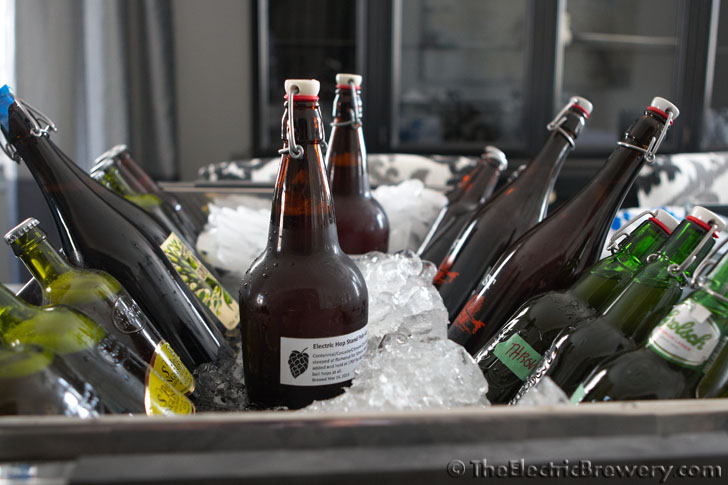

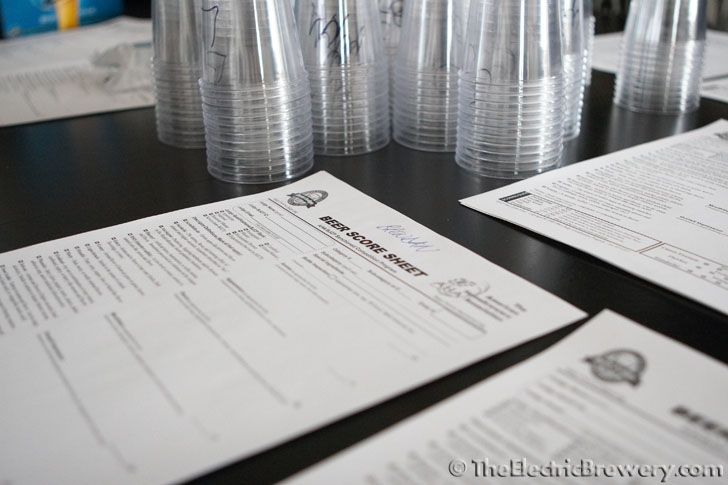
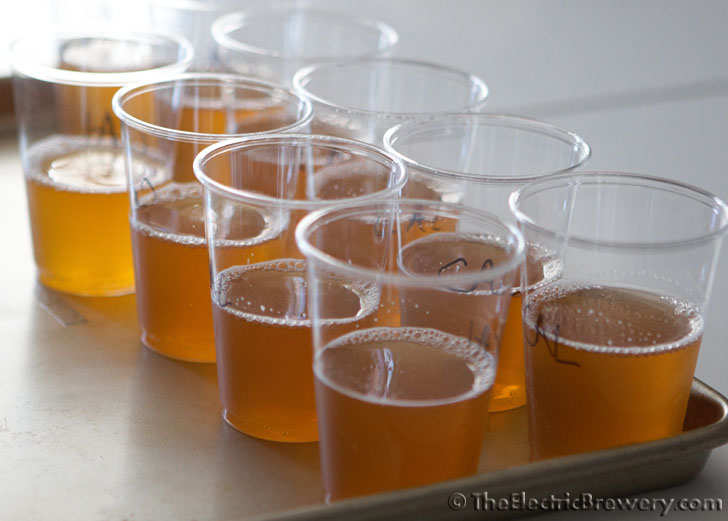

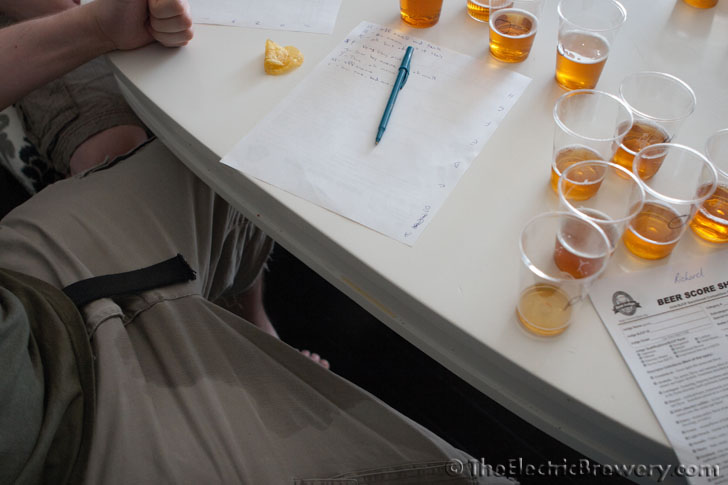

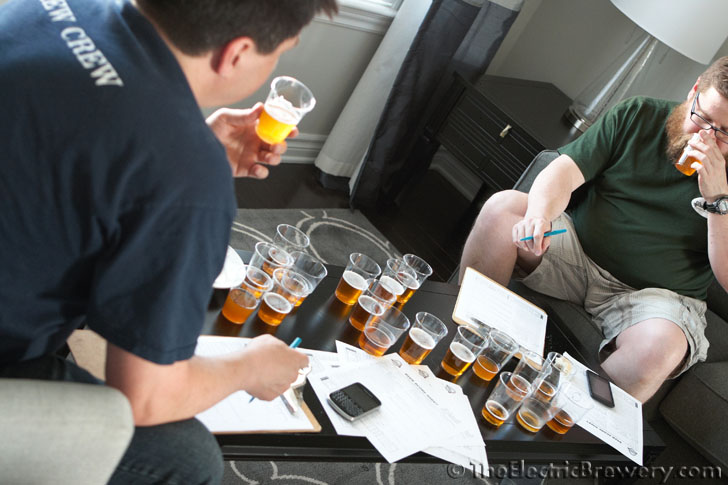
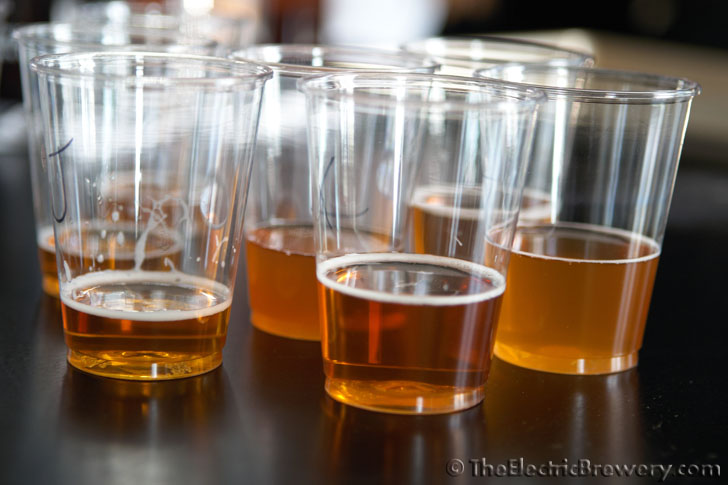
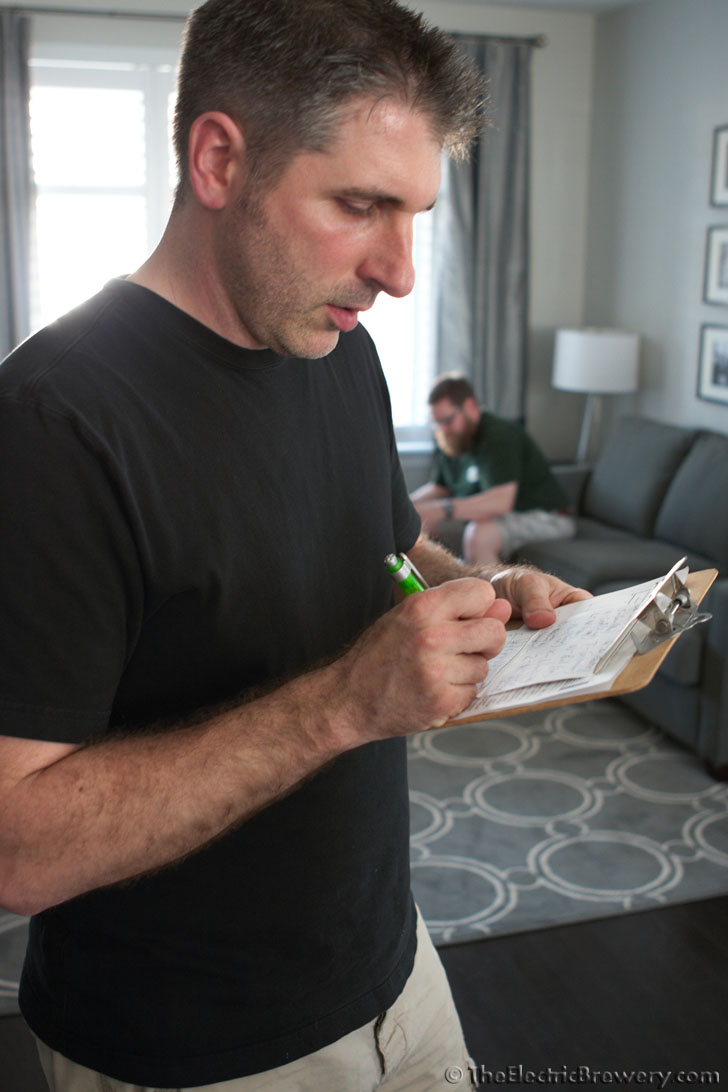
































![Craft A Brew - Safale BE-256 Yeast - Fermentis - Belgian Ale Dry Yeast - For Belgian & Strong Ales - Ingredients for Home Brewing - Beer Making Supplies - [3 Pack]](https://m.media-amazon.com/images/I/51bcKEwQmWL._SL500_.jpg)




